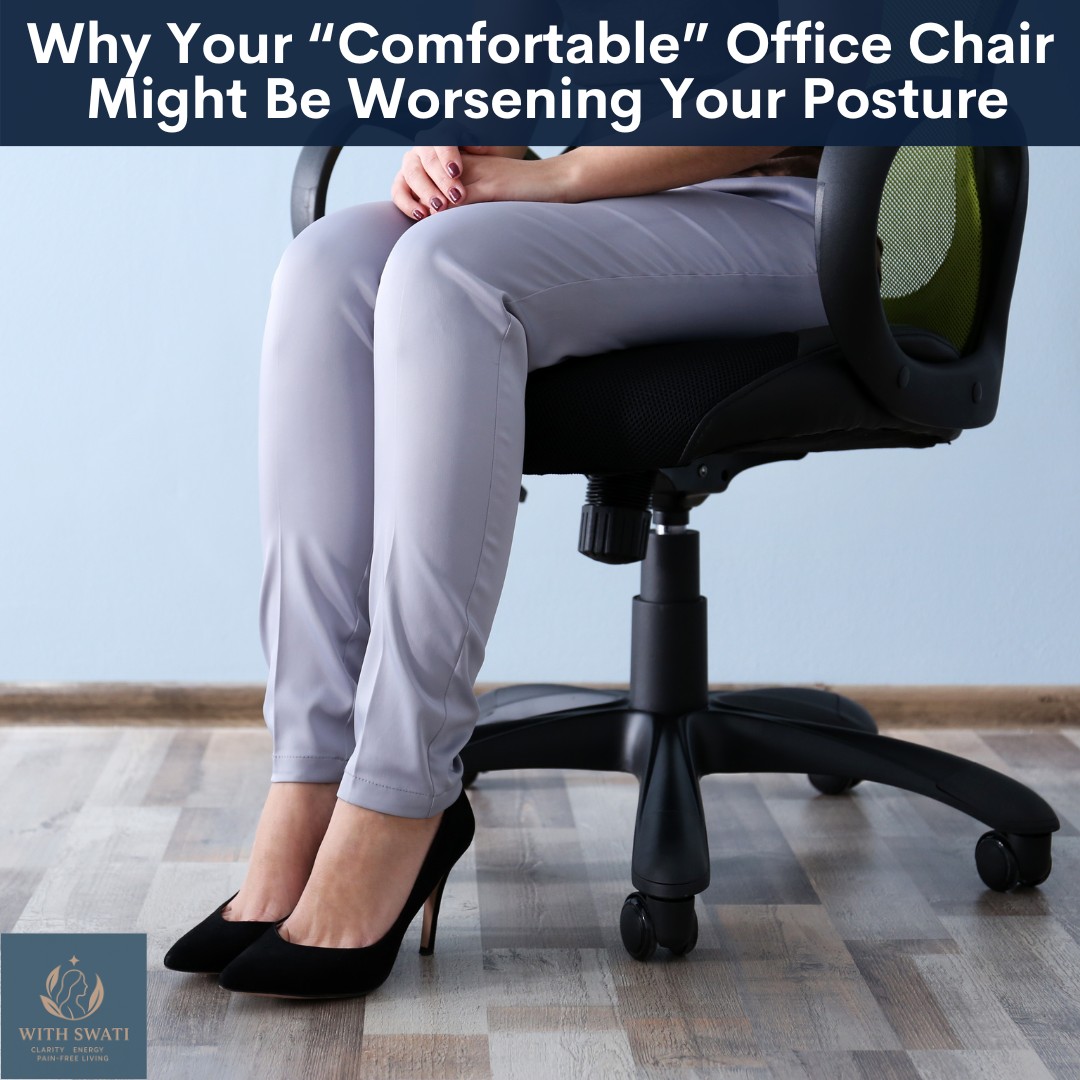
Cervicogenic headaches are headaches originating in the upper cervical spine. As a busy executive mum, balancing a high-stress job and family responsibilities can often lead to poor posture and other habits that exacerbate these headaches. This blog provides some easy tips to manage cervicogenic headaches effectively.
Cervicogenic headaches can be caused due to various neck issues such as disc bulge, stenosis, arthritis, spinal degeneration or a simple neck sprain, cervical spondylosis, trauma, whiplash injuries or even poor posture (forward head posture or improper sleeping positions) can contribute to cervicogenic headaches.
There are three essential components to treating cervicogenic headaches:
1. Treating the Root Cause: Addressing the cervical spine issues causing nerve irritation or pinching.
2. Adopting Good Posture: Ensuring proper posture at the cervical and thoracic spine (mid back) to prevent recurrence.
3. Managing the Headache: This involves immediate relief of headache symptoms.
1. Treating the Root Cause:
The root cause of cervicogenic headaches is often related to cervical spine issues. These can range from disc bulge, stenosis, arthritis, degeneration, whiplash injuries, cervical spondylosis or a simple neck sprain. These can be addressed with physical therapy, chiropractic care and medication.
2. Adopting A Good Posture:
Your day as well as night time posture plays a crucial role in preventing cervicogenic headaches.
Daytime posture:
A forward head posture is a commonly seen poor posture in sitting and standing that can contribute to cervicogenic headaches. This posture places excessive strain on the cervical spine and surrounding muscles, leading to nerve irritation. Using ergonomic furniture: chairs and desks that support proper posture can also help.
Sleeping Posture:
Proper pillow support is essential for maintaining a neutral neck position during sleep. An improperly supported neck can lead to muscle tension and nerve irritation. If you are a back sleeper use a pillow that supports the natural curve of your neck. The pillow height should be the distance between the back of your head and your upper back. As a side sleeper the pillow height should be equal to the distance between your ear and the tip of your shoulder.
Here is a video on ‘Is your pillow causing your Headache? 3 tips to manage this’ that explains this in more detail:
3. Managing the Headache:
To manage the headache itself, consider these simple strategies:
Cold and Heat Therapy: Applying cold packs to the neck can reduce inflammation, while heat packs can help relax tense muscles.
Regular Breaks: If you have a desk job, take regular breaks to stand up, stretch, and reset your posture.
Stress Management: Practice relaxation techniques such as deep breathing, meditation, or yoga to reduce stress, which can contribute to muscle tension and headaches.
Neck Massage: Gentle massage of the neck and upper back muscles can alleviate pain and tension.
Get the course on "Simple Solutions to Manage your Cervicogenic Headache" HERE. This course offers practical, easy-to-implement proven strategies that actually work and have helped countless people to overcome their pain, regain energy, and fully engage with their families and careers.
If you like this blog and want to be notified about new blogs as soon as they are published, subscribe to my mailing list below.
I would love to see you around the internet! For other places you can explore more about me: https://withswati.com/page/link
Note: This page contains affiliate links which will bless me, at no additional cost to you and I will be able to help more people with spinal and joint pain.
















0 Comments